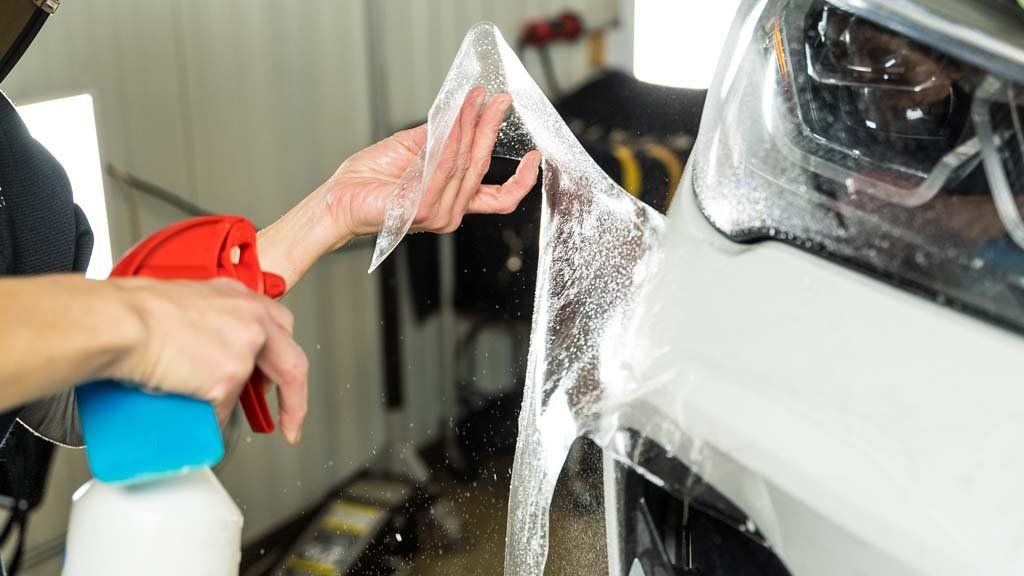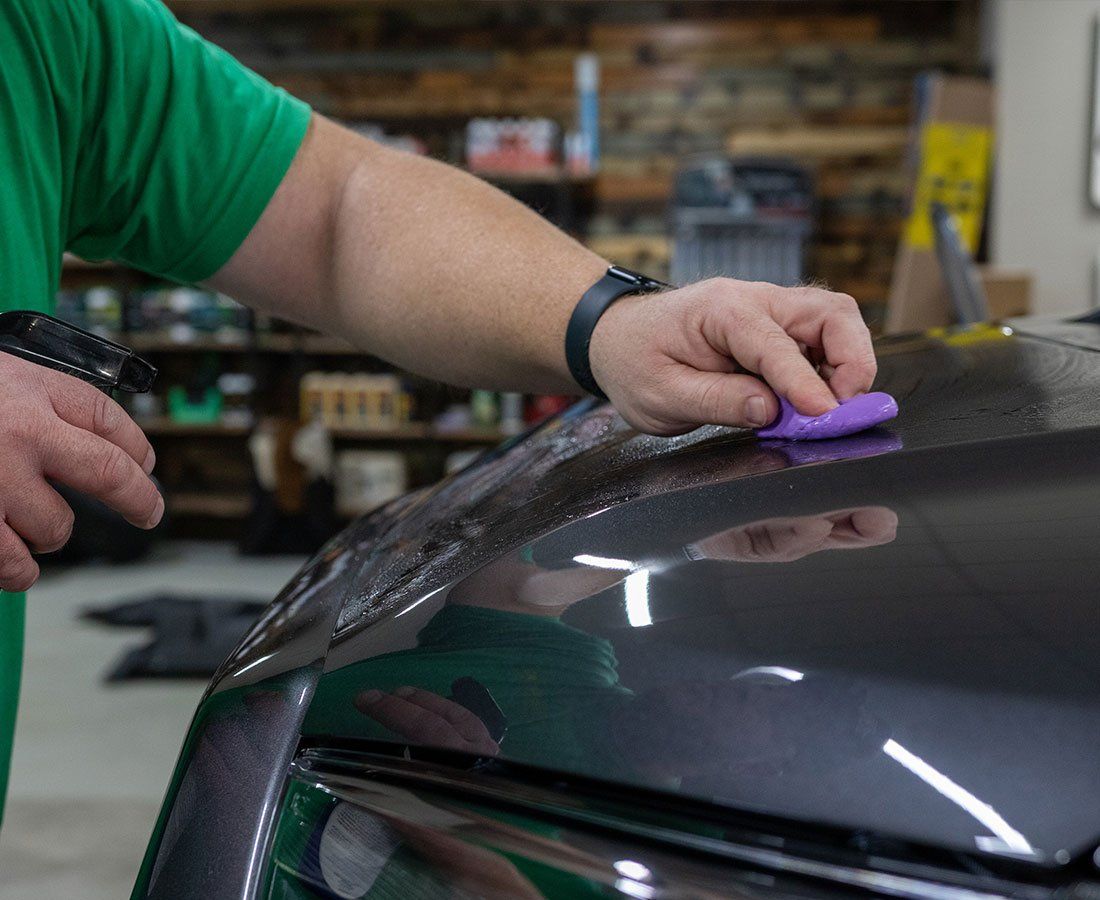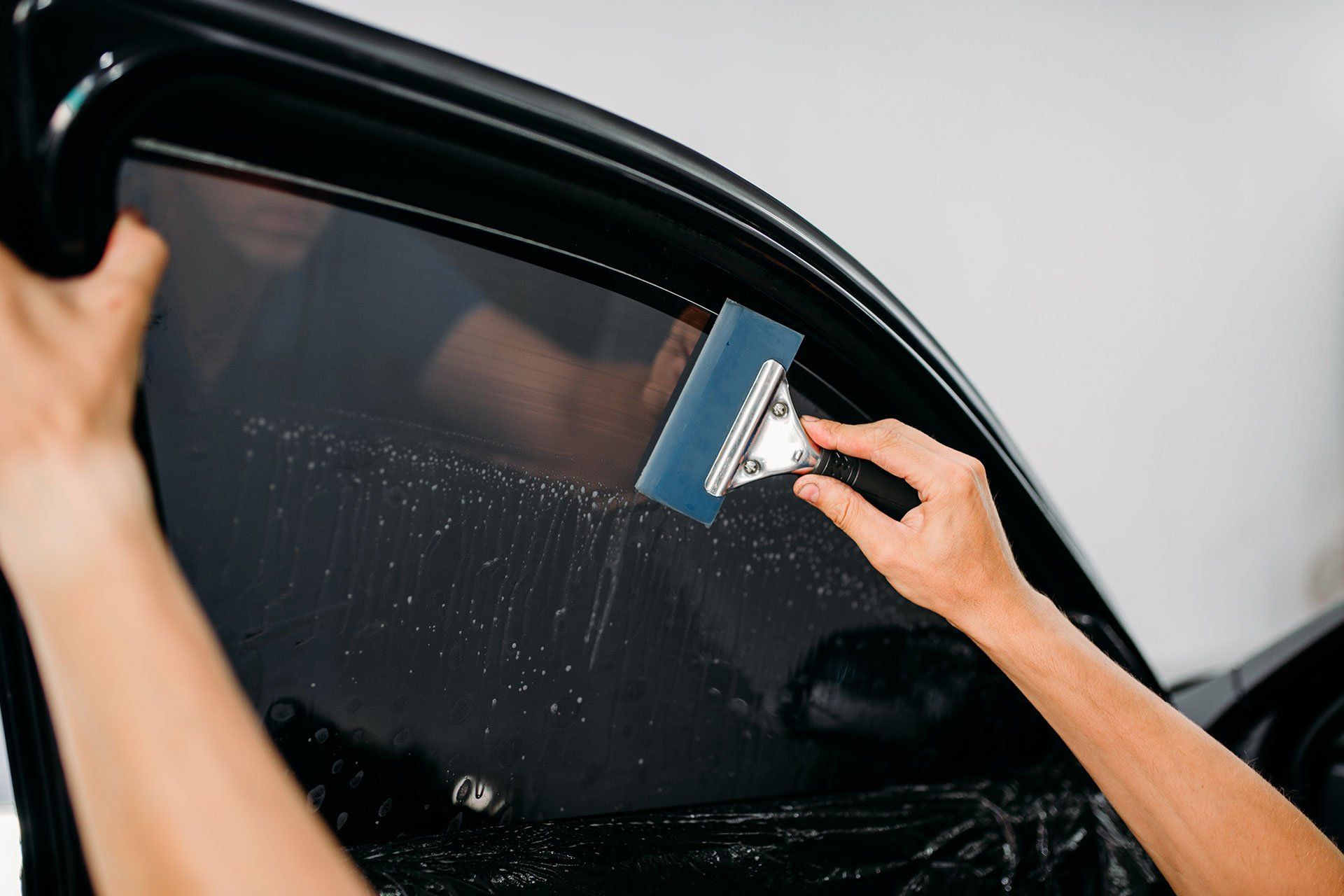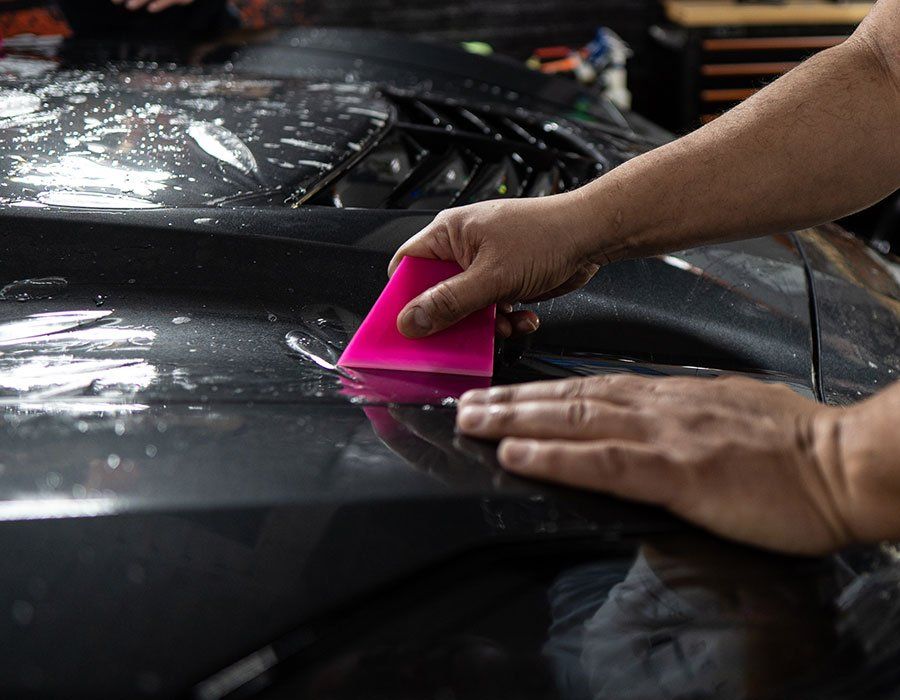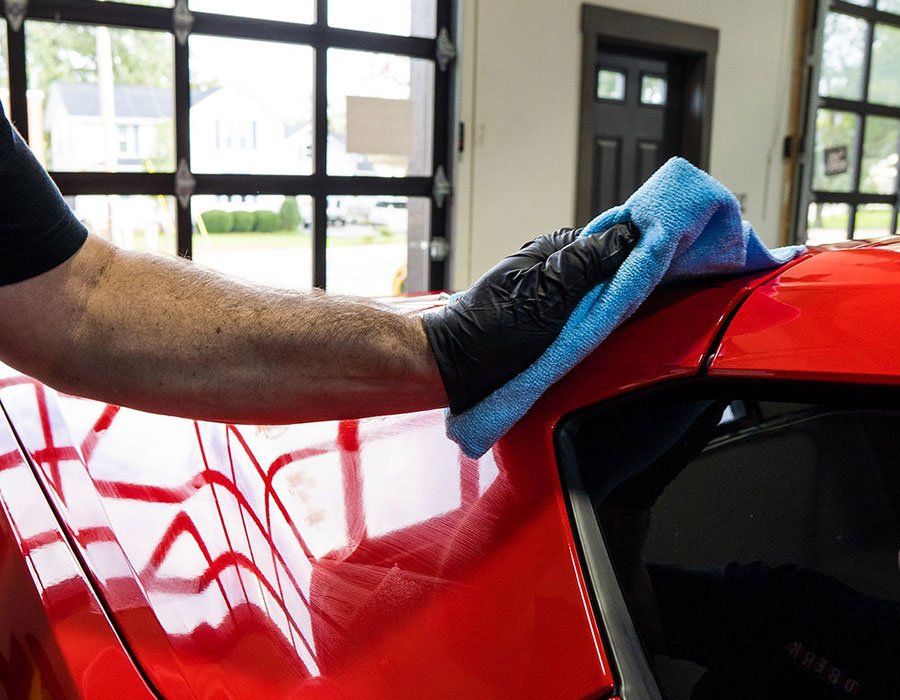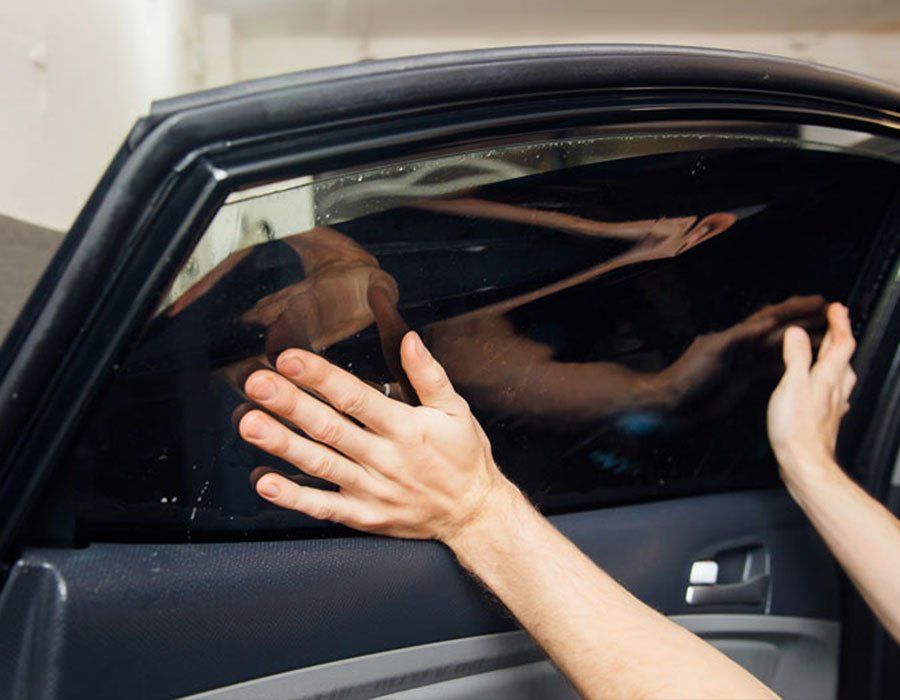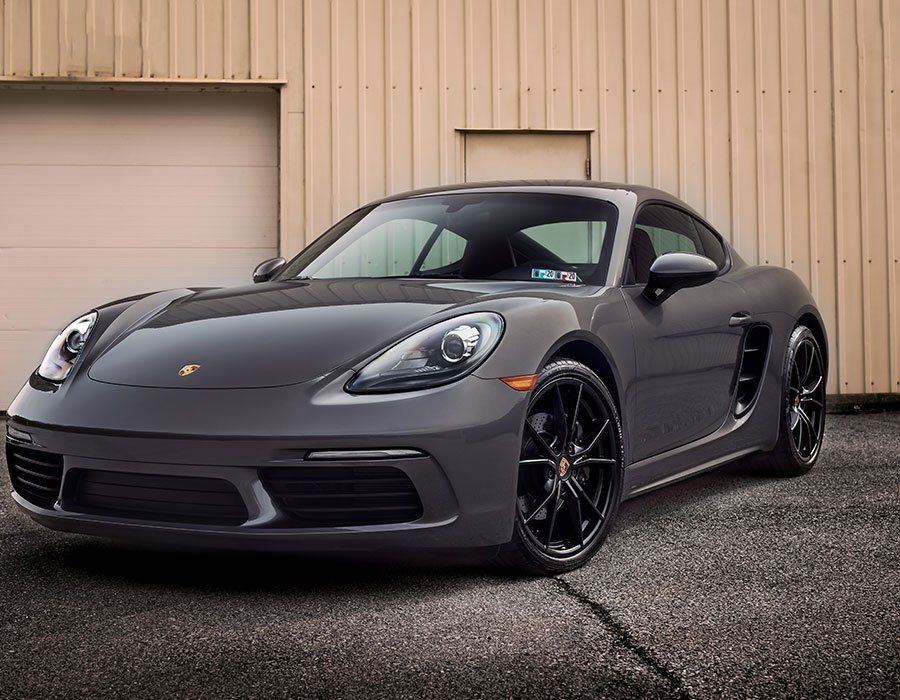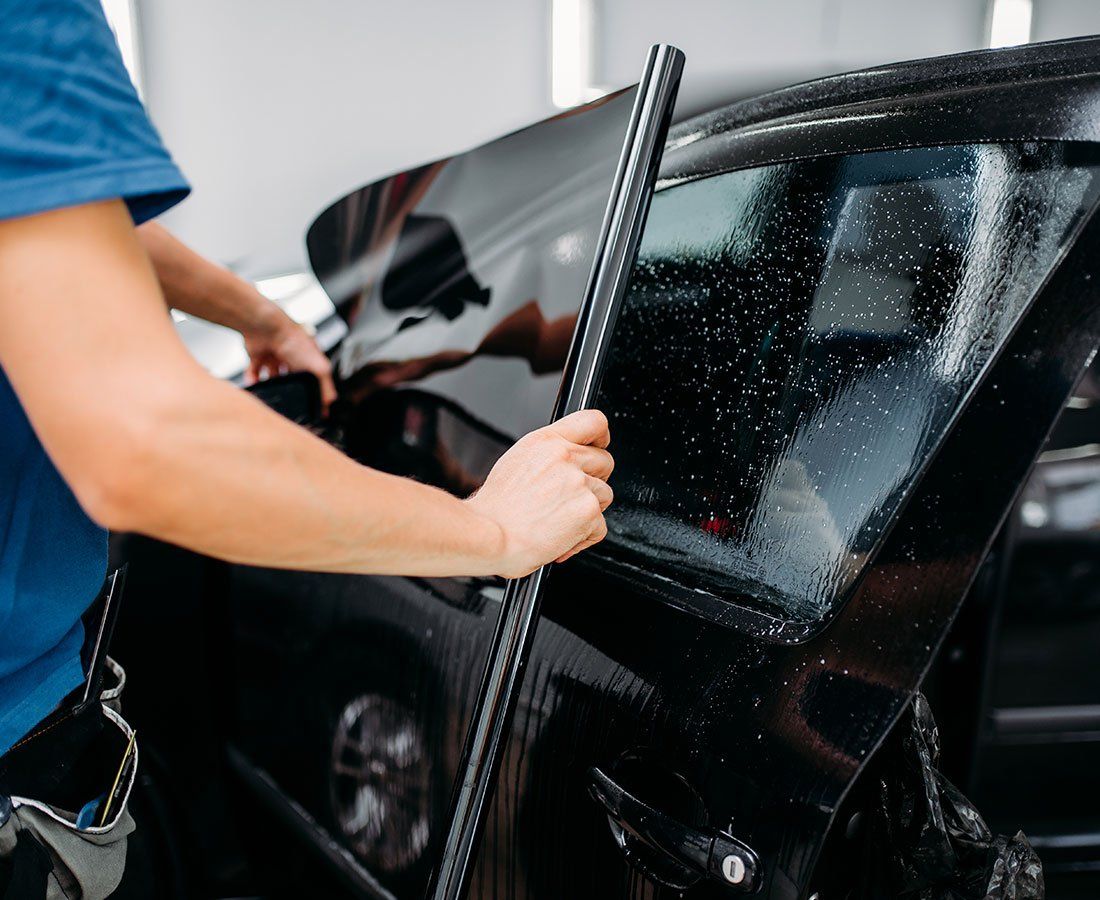
You can make a variety of modifications to your vehicle. Window tinting is the most common. You could achieve the same result by using a DIY (Do-It-Yourself) approach. However, without the proper equipment or training, it is a difficult task. Car window tints with tears, ripples, or bubbles may result.
There are several advantages to hiring a professional car window tinting company to handle this task. We guarantee that you will receive the best window film installation services in Tarpon Springs, FL, from Auto Film Guys.
Here are some things to think about when selecting the best window tinting expert for your car.
Credentials of a Car Window Tinting Expert
Confirm the license and insurance of any potential window tinting companies. The information can help you determine whether they have a legal right to run the business.
You have the right to request these documents whenever you visit. It is not a crime to refuse to surrender or show them to you. When looking for professional automotive window tinting services, this should raise a red flag.
Vehicle Tinting Experience
The amount of experience and number of years a company has been in a field is very important. Incorporating this into your search criteria allows you to eliminate those who have not withstood the test of time. Avoid putting your trust in popular or thriving window tinting services. The trust of previous and current clients ensures the longevity of older businesses.
Types of Products
A car tinting service's products reflect their image and versatility. There are currently six types of auto window tints on the market. Ceramic, dyed, crystalline, hybrid, and carbon films are among them. Colors can range from bluish-gray to charcoal brown. It could be similar to the bronze and stainless-steel tints.
All of these are available from Auto Film Guys in high quality and with UV protection. As a reputable company, we offer a variety of window films from various manufacturers.
Before quoting on the installation, a professional window tint service may inquire about the make and model of your car.
Location of Car Window Tinting Services
Many people start their search for a tinting service by talking to people they know. This is the most effective way to get recommendations before beginning your search. When looking for a car tinting service, finding one close to you can be beneficial.
When you need a new tint, upgrade, or replacement after an accident, your location may also come into play. Auto Film Guys has several locations to serve clients in Tarpon Springs, FL.
Reputation
After you've narrowed down your potential companies, it's a good idea to look into their reputation. You can do this by reading other customers' testimonials and reviews. These can be found on online platforms, social media platforms, and the company's websites. Companies with more negative reviews than positive reviews should be avoided.
Consider having them inspect their current and previous jobs at the same time. You can view the pictures and videos online or go see other clients' cars in person.
Consider the Climate
When selecting car window tint, you must consider two important factors. These include the amount of darkness required and the amount of light allowed to pass through. In this case, the climate in the area where you live or frequently drive is called into question. If you frequently drive in bright sunlight, you may require a window tint that blocks harmful UV rays. A reflective film can also be used to reduce visible light transmission. Direct sunlight can be damaging to your car's interior, including seat covers and upholstery.
If the weather is frequently cloudy and dull, you may need a different type of car window tint. The effects of different environments on your car vary, which emphasizes the significance of your tint choice.
Window Tinting Law
Window tinting is recommended by car professionals and enthusiasts all over the world. However, you cannot simply tint your windows in any way you want. The placement and shade of tint on car windows are governed by laws. In the automotive industry, each state has its own set of rules that you must follow.
Before deciding on any type of car tint, learn about the laws in your area that govern this practice. What is legal in one state may be unlawful in another. Ignoring or overlooking these statutes may result in a ticket or a large fine. Aside from that, you'll have to pay for tint removal and modification.
Costs
Your budget is the final step in deciding on a company. Request a quote from the remaining car window tinting professionals on your list. It will include the total cost of materials and labor. Avoid accepting a lower-cost offer without first weighing it against the services.
Visit Auto Film Guys in Tarpon Springs, Florida, for advanced film solutions and high-quality products. You can also get a free quote today by calling (727) 940-2340.The body content of your post goes here. To edit this text, click on it and delete this default text and start typing your own or paste your own from a different source.
The Auto Film Guys Blog
